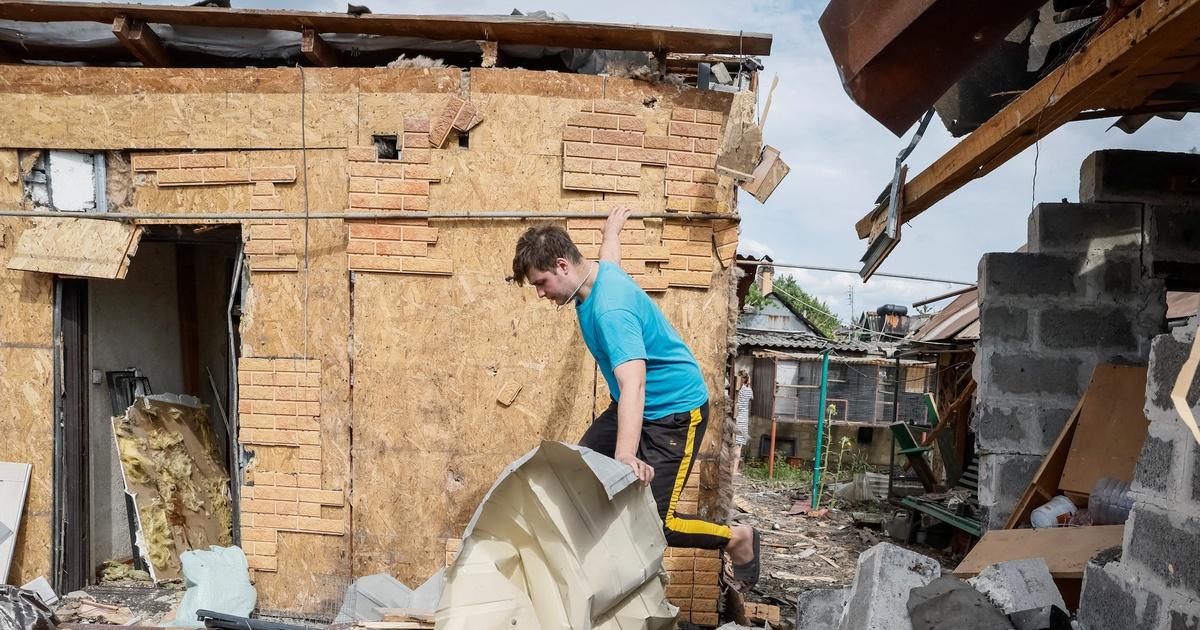New power lines could pave the way for Michigan to use renewable energy
This year will be critical for the expansion of Michigan’s transformative energy infrastructure. Most Michiganders may not realize it, but the future of two new transmission lines soon to be proposed by electric transmission utility ITC depends on reducing billions of dollars in energy costs.
The projects are Michigan’s portion of a 2,000-mile network of high-voltage overhead power lines that, when built, will crisscross the Midwest and connect power sources – primarily renewable energy facilities – to energy needs.
About 100 miles of the planned transmission expansion would occur over two proposed lines, and the Michigan Public Service Commission is considering approving those lines this year.
The transmission network is like a congested road network. Despite being essential to our daily lives, transmission lines are rarely built in this country. In Michigan, for example, an interstate transmission line has not been built in about 50 years. Imagine the condition our highways would be in if the interstate highway system had not been expanded and improved for half a century.
The stakes are so high that a diverse coalition has formed in favor of the projects, including the Michigan Energy Innovation Business Council, an industry group representing clean energy companies, and the Citizens Utility Board of Michigan, which represents the interests of residential electricity customers.
The lines would serve utility customers in the region of the Midcontinent Independent System Operator (MISO), which operates the electric grid for most of central North America. MISO’s grid includes the service territories of Michigan’s two largest electric utilities, DTE and Consumers Energy, but those utilities do not own transmission systems. Like other transmission lines in Michigan, these new lines would be owned by ITC Holdings Corp. through its subsidiaries ITC Transmission and Michigan Electric Transmission Company.
MISO planned the new lines in response to profound, ongoing energy changes in the region as energy sources increasingly shift from natural gas and coal to renewables and energy storage. MISO identified dozens of locations in the region where existing transmission lines are nearing overload, resulting in less efficient energy transmissions and increasing the risk of inadequate power during severe weather events.
Reducing congestion on the transmission grid not only solves these problems, but also opens up opportunities to bring new sources of clean energy onto the grid. Wind and solar plants that could not otherwise be connected to the grid can now be built.
The end result would be lower electricity bills across the region for several reasons: Wind and solar energy use no fuel, so costs would fall due to less reliance on natural gas and coal-fired power plants. In addition, a significant amount of the electricity currently generated is simply lost because it has nowhere to go. However, new transmission routes mean fewer electrons are lost.
The cost savings achieved by these benefits far exceed the more than $1 billion cost of building the lines themselves. These costs are passed on to electricity customers, but the net cost to customers would be lower, according to MISO estimates, which estimate Michigan’s share of the savings from the new transmission lines at $3.4 billion over 20 years.
MISO expects this first phase of its long-term transmission plan, commonly known as Tranche 1, will enable the construction of 56 gigawatts of new wind and solar capacity. For comparison, the total capacity of all power sources in MISO’s vast geographic service area is currently just over 63 gigawatts.
In Michigan, one transmission line would run from the existing Oneida substation about 13 miles west of Lansing 40 miles north to the existing Nelson Road substation in Gratiot County. The other new line would be built from the Indiana-Michigan border in Branch County 50 miles north to a new substation in northeast Calhoun County. These lines could be built by 2030 – if construction progresses on schedule.
The need for these lines to promote new energy development was made clear in a 2021 letter from the governors of Michigan, Illinois, Minnesota and Wisconsin to MISO. Tranche 1 “is urgently needed to keep carbon-free and low-cost electricity flowing across the region – while maintaining the reliability of the system we depend on,” the letter said.
Transmission is one of the least known parts of our energy system, but also one of the most important. A first draft of MISO’s proposed second tranche interregional projects was released on March 15, with plans to build more lines in the state in the future.
As these projects move forward, Michigan residents should understand that how energy gets to their homes and businesses is as important as where it comes from.
Amy Bandyk is executive director of the Citizens Utility Board of Michigan. Natalie Lyijynen is sustainable business partner of the Michigan Energy Innovation Business Council.
Submit a letter to the editor at freep.com/letters and we may publish it online or in print.



